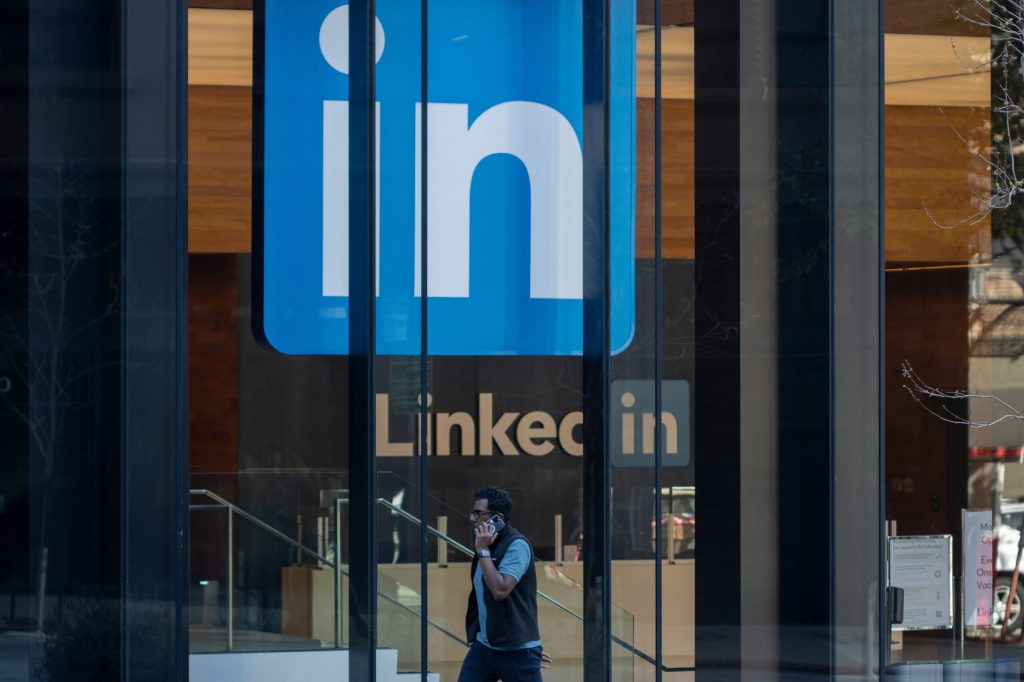TLDRs:
LinkedIn’s AI writing tools are seeing lower-than-expected adoption rates among users.
CEO Ryan Roslansky says professionals are wary of public mistakes damaging their reputations.
Despite this, AI-related activity on LinkedIn is growing rapidly, especially in skill-building.
The divide highlights a broader trend: professionals embrace AI privately but tread carefully in public forums.
LinkedIn’s CEO Ryan Roslansky has revealed that the platform’s AI-generated writing suggestions are seeing underwhelming engagement from users.
The feature, designed to help professionals craft polished posts, has not taken off as anticipated. Roslansky attributes the reluctance to LinkedIn’s unique identity as a professional space where reputational risks are significantly higher than on casual social platforms.
In his remarks to Bloomberg over the weekend, Roslansky described LinkedIn as “your resume online,” suggesting that every post is treated as a reflection of one’s career standing. This mindset, he believes, makes users cautious about publishing content, even if AI-generated, that might be perceived as inauthentic or error-prone. Unlike platforms like TikTok or X, where the stakes of a poorly written post are relatively low, LinkedIn’s professional environment intensifies the pressure to appear competent and polished.
Reputational Pressure Slows AI Feature Adoption
The hesitancy surrounding AI-assisted writing on LinkedIn stands in stark contrast to the platform’s broader embrace of artificial intelligence. Over the past year, the number of users adding AI-related skills to their profiles has increased twentyfold. Meanwhile, job postings requiring AI expertise have grown sixfold, indicating rising demand and interest in AI across industries.
Roslansky’s comments illustrate the gap between how professionals use AI behind the scenes and how they engage with it publicly. He personally uses LinkedIn’s Copilot feature to fine-tune emails to Microsoft CEO Satya Nadella. However, many users stop short of applying the same tools to content meant for public viewing, fearing that AI-generated posts could backfire.
AI Skills Soar, But Public Use of AI Tools Lags Behind
This professional caution reflects a larger behavioral trend, while users are clearly investing in AI capabilities to stay relevant in a transforming job market, they are not yet ready to let AI speak for them in public. The divergence between private AI use and public AI adoption reveals how high the bar is set for professional identity management online.
The growth in AI-related skills is not a passing phase. LinkedIn’s Economic Graph research has shown that industries with higher concentrations of AI proficiency are evolving faster. AI is becoming a baseline competency in many fields, pushing professionals to upskill rapidly. Still, even as jobseekers adapt, the instinct to maintain full control over their public voice remains strong.
LinkedIn’s Future Hinges on Bridging the Trust Gap
LinkedIn’s recent AI developments, including free recruitment tools launched in January and an AI-powered job search tool rolled out in May, underscore the platform’s commitment to leveraging artificial intelligence. Yet the limited uptake of its AI writing features suggests that user trust has not caught up with the technology’s capabilities.
Moving forward, LinkedIn may need to focus less on promoting automation and more on building confidence in how these tools preserve personal tone and professionalism. Until then, AI will continue to operate behind the scenes, quietly shaping careers while remaining largely invisible in the public feed.

